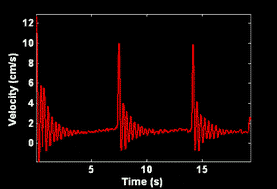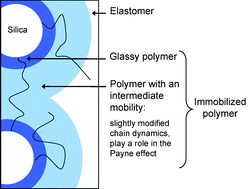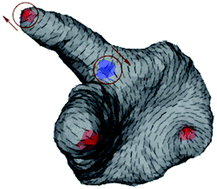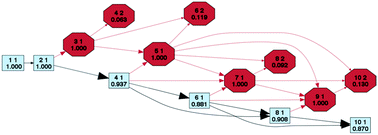A technique to resolve structures of self-assembled block copolymers using graphene oxide has been developed by UK and US scientists.
Resolving the structures of these polymers is important for the advancement of drug and gene delivery systems, nanoreactors, in separation science and in nanoelectronics, but they are difficult to resolve because of their size.
Transmission electron microscopy (TEM) is used for this but the polymers need to be chemically fixed and stained to get an image contrast. This adds complexity to the sample preparation and image interpretation and doesn’t allow complementary imaging and analysis techniques to be applied.
Now, the team have used graphene oxide as a support for TEM. No staining is needed and the specimens remain stable under the electron beam for a long time, allowing sample analysis by a range of electron microscopy techniques. Graphene oxide supports are also used for further characterisation of the same assemblies by scanning electron and atomic force microscopy.
Graphene has been used with TEM before, but it is expensive and very few species adsorb to the homogeneous surface. In comparison, heavily oxidised graphene – graphene oxide – is readily available in large quantities, it is water dispersible, robust and almost electron transparent.
Read for free now:

A simple approach to characterizing block copolymer assemblies: graphene oxide supports for high contrast multi-technique imaging
Joseph P. Patterson , Ana M. Sanchez , Nikos Petzetakis , Thomas P. Smart , Thomas H. Epps, III , Ian Portman , Neil R. Wilson and Rachel K. O’Reilly
Soft Matter, 2012, 8, 3322-3328, DOI: 10.1039/C2SM07040E
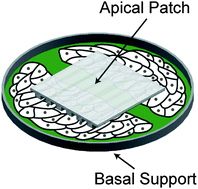 Read for free for a short time:
Read for free for a short time:










